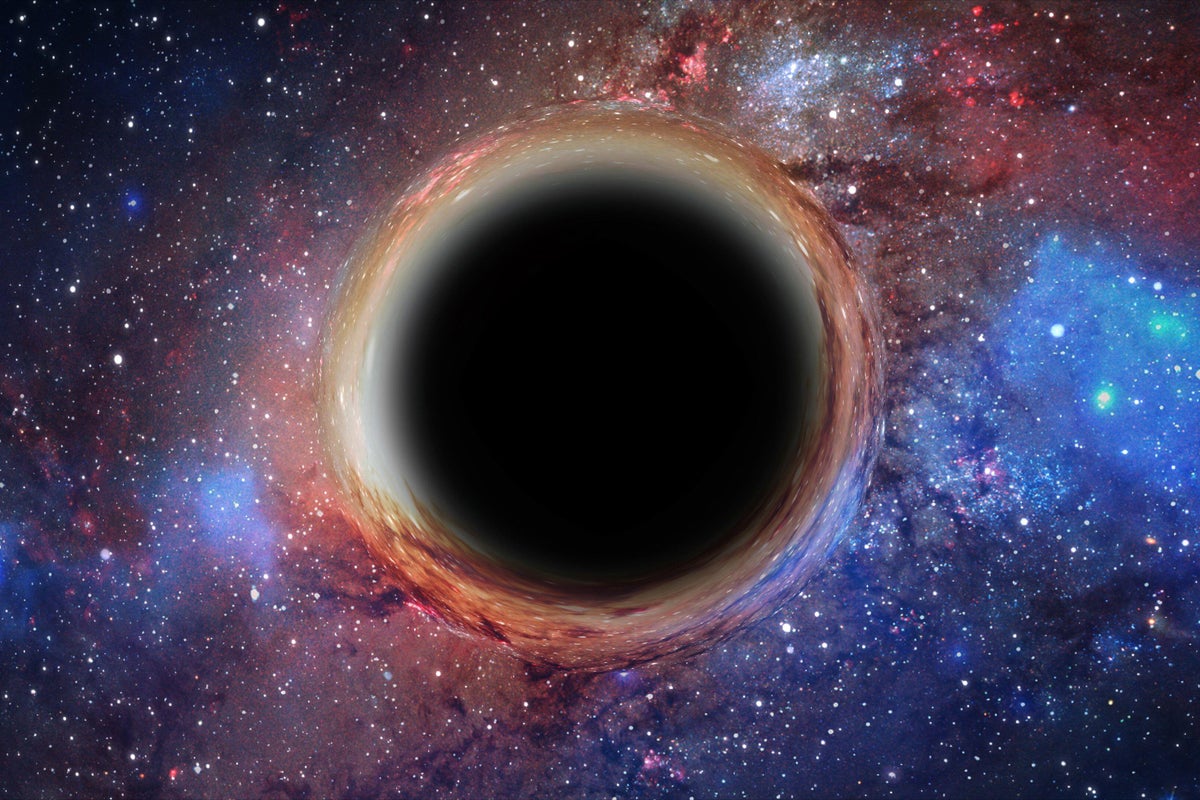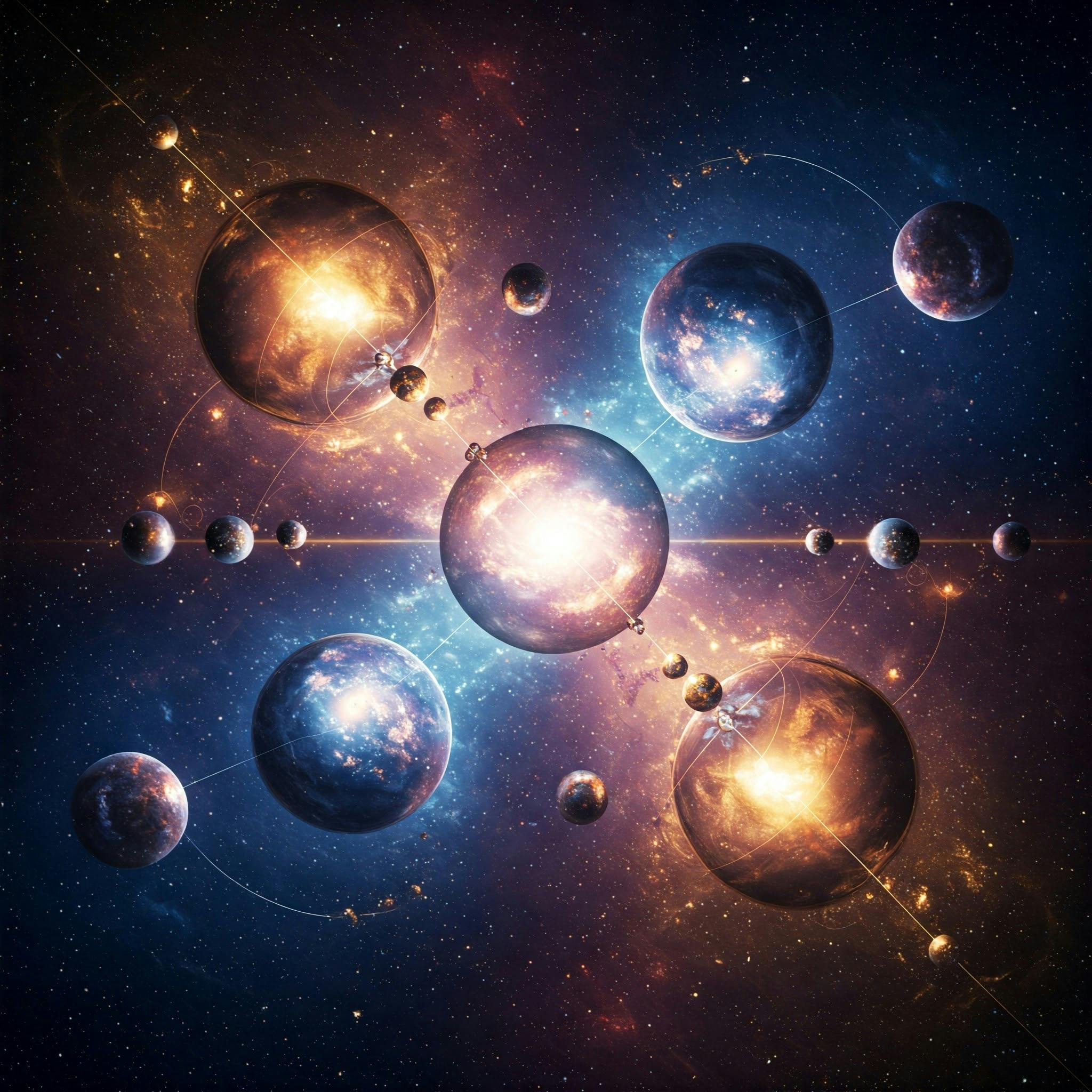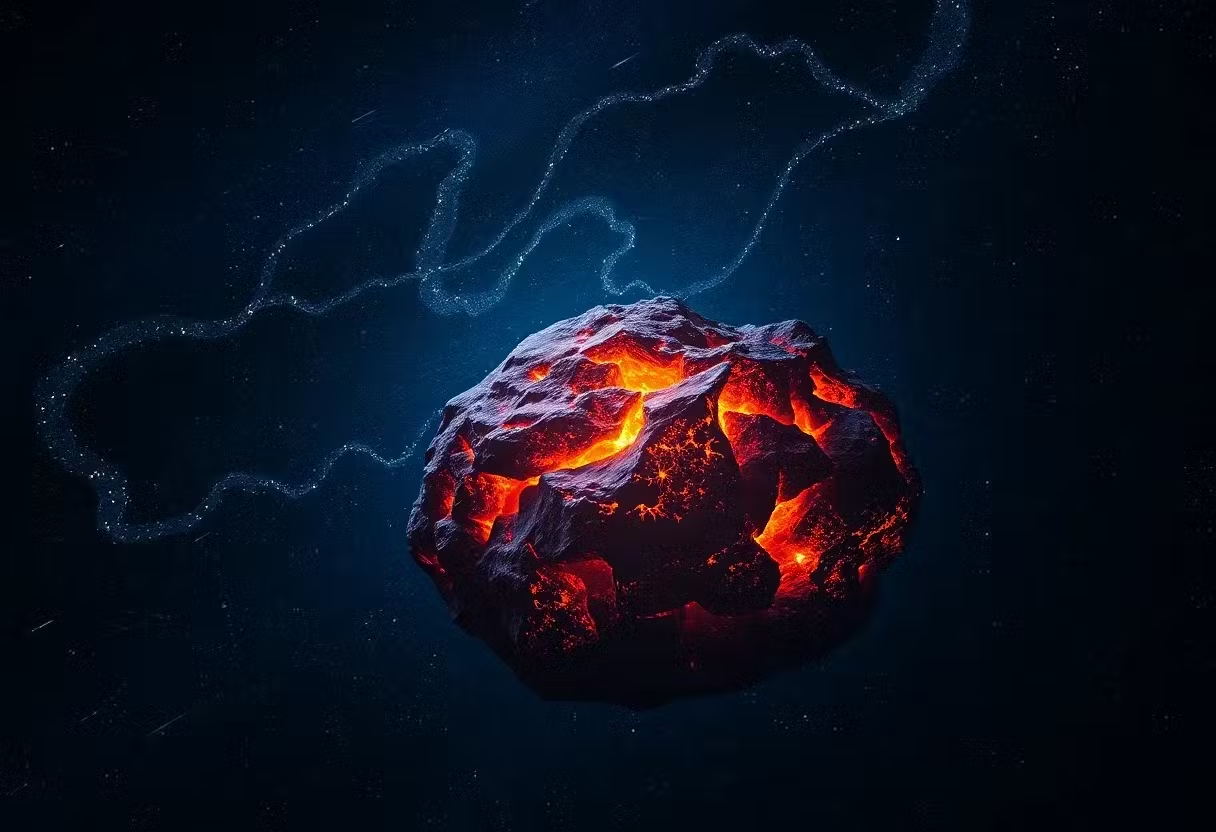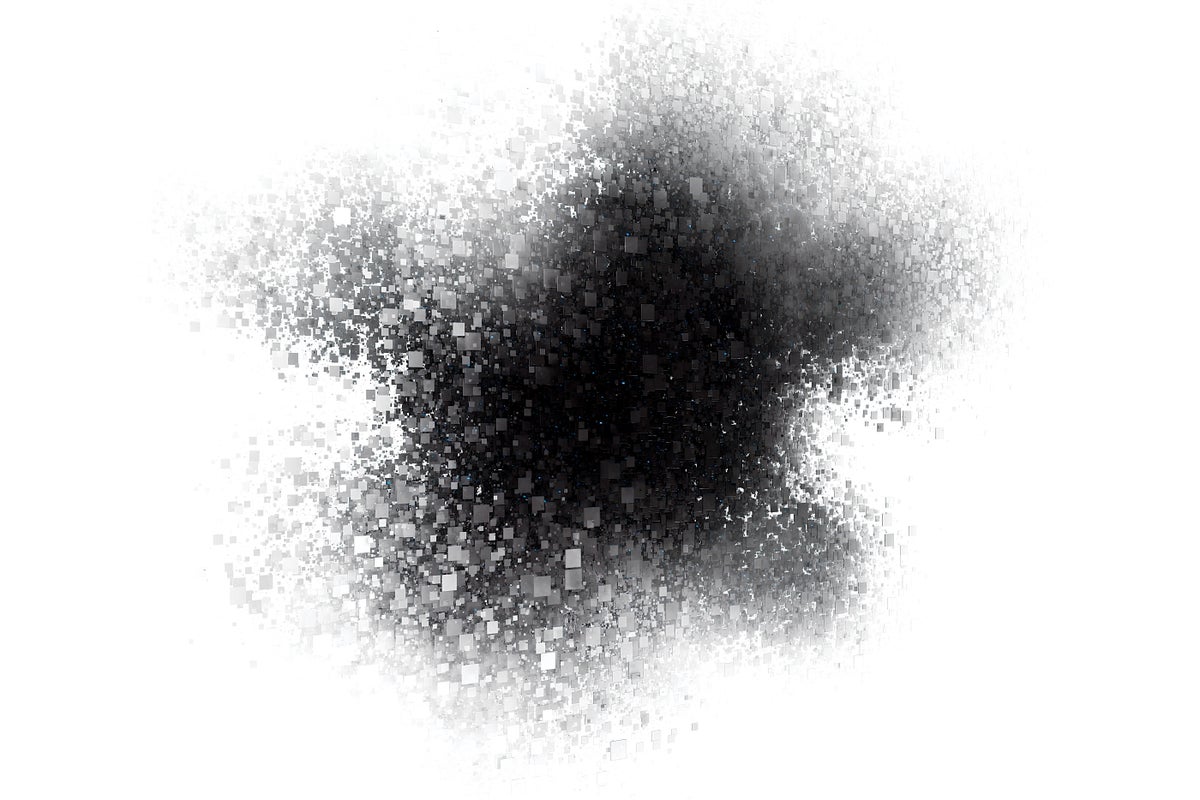Science
fromwww.scientificamerican.com
4 months agoNew NASA Space Telescope Will See the Universe in 102 Colors
NASA's SPHEREx mission will launch a new infrared space telescope designed to survey the entire sky, enhancing our understanding of cosmic history.









